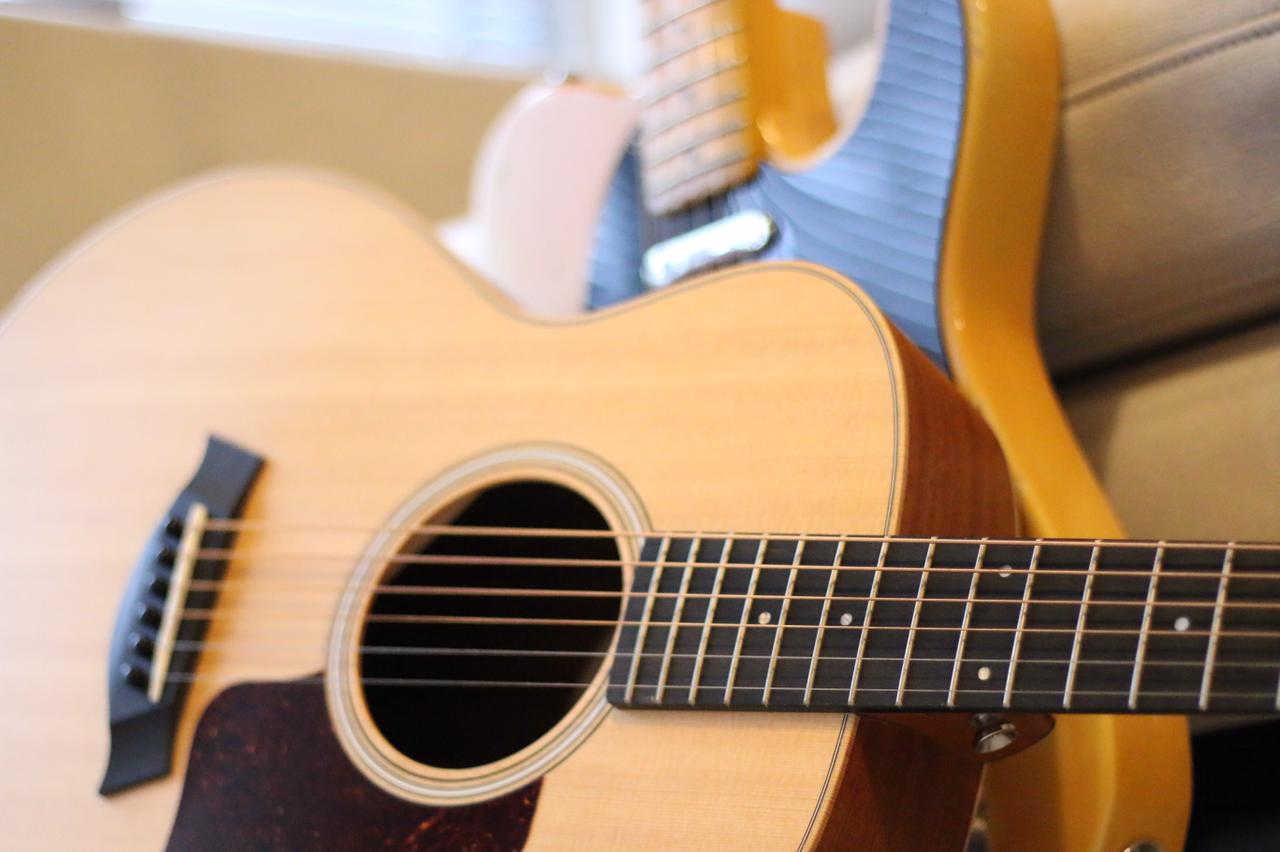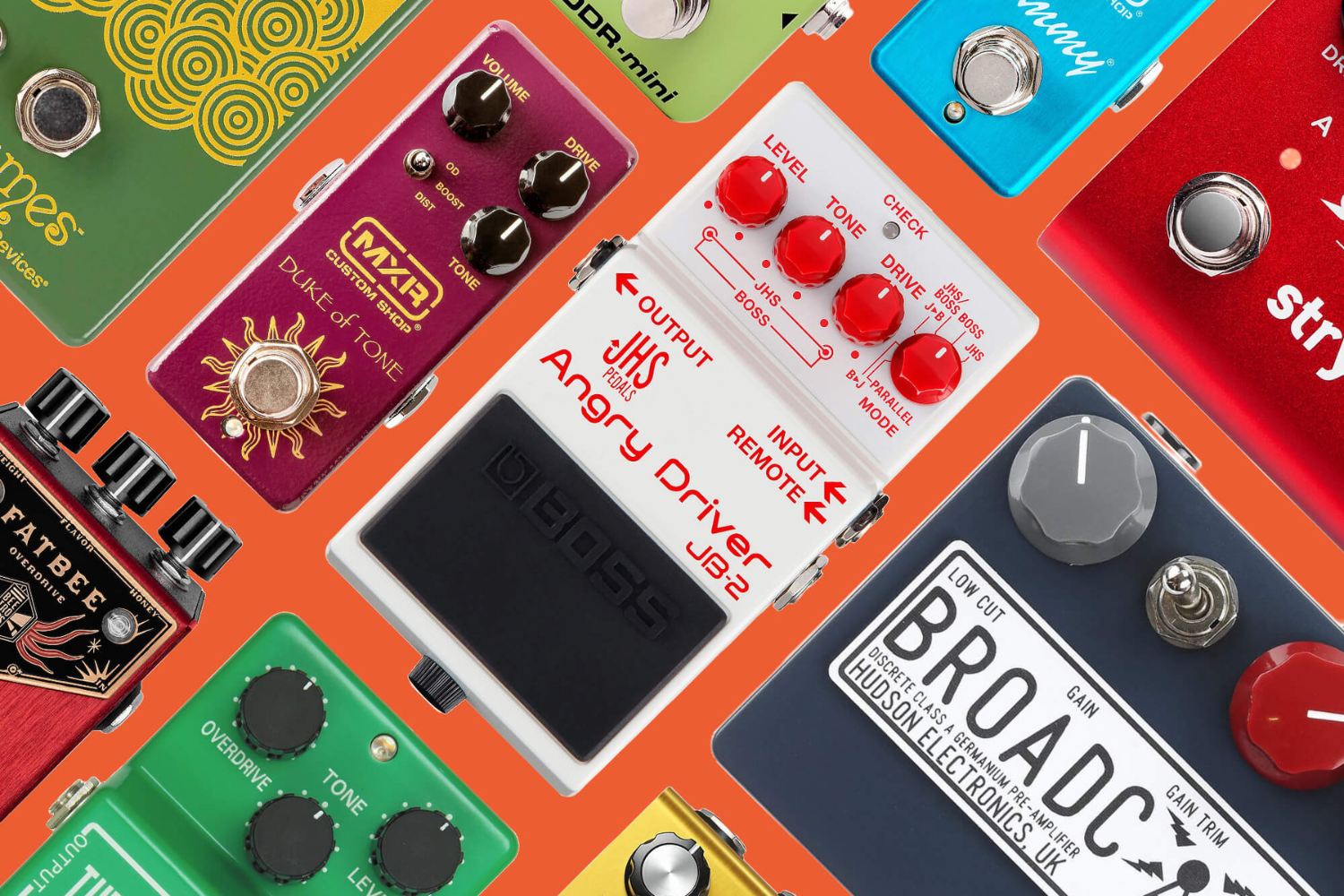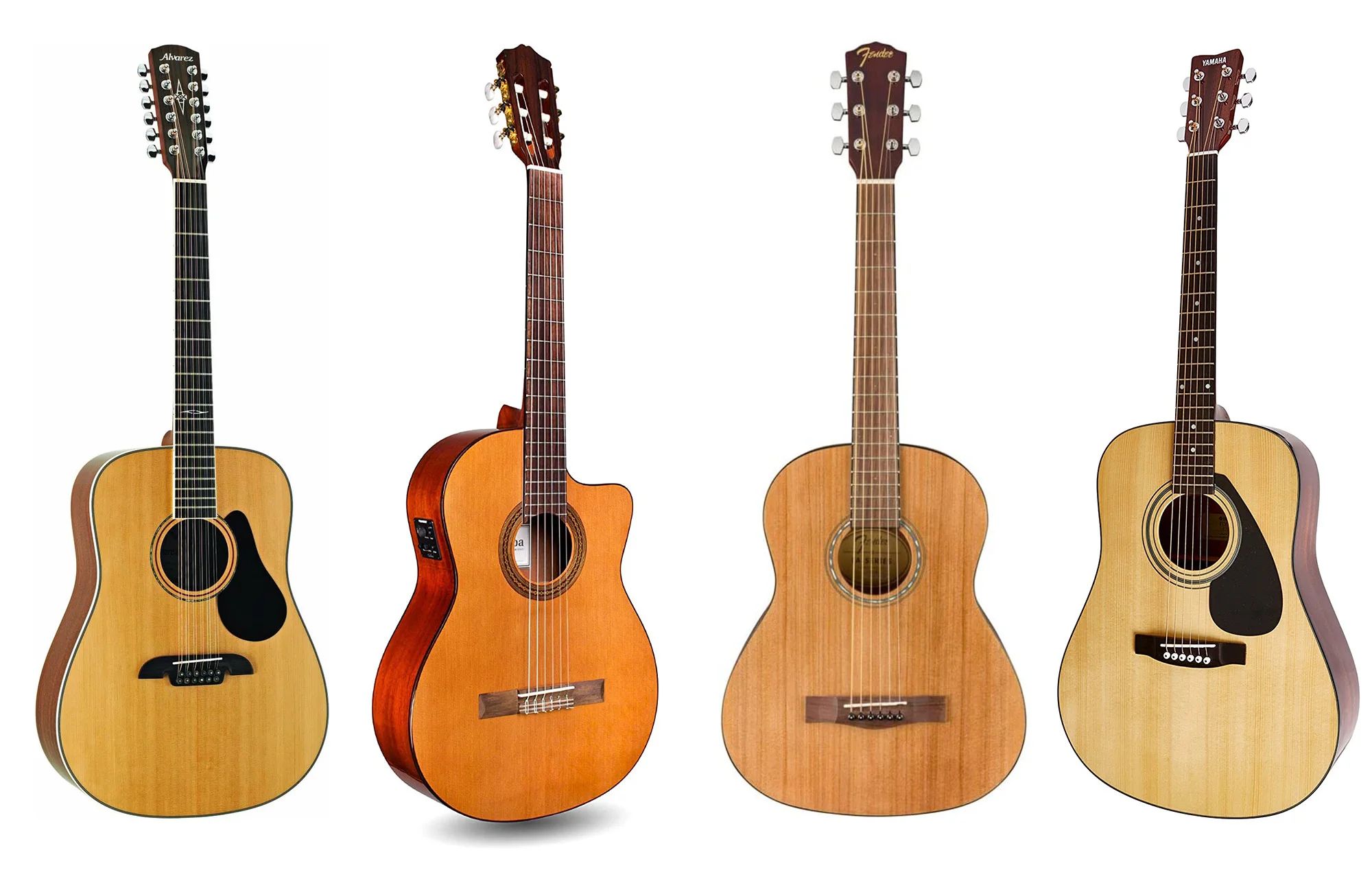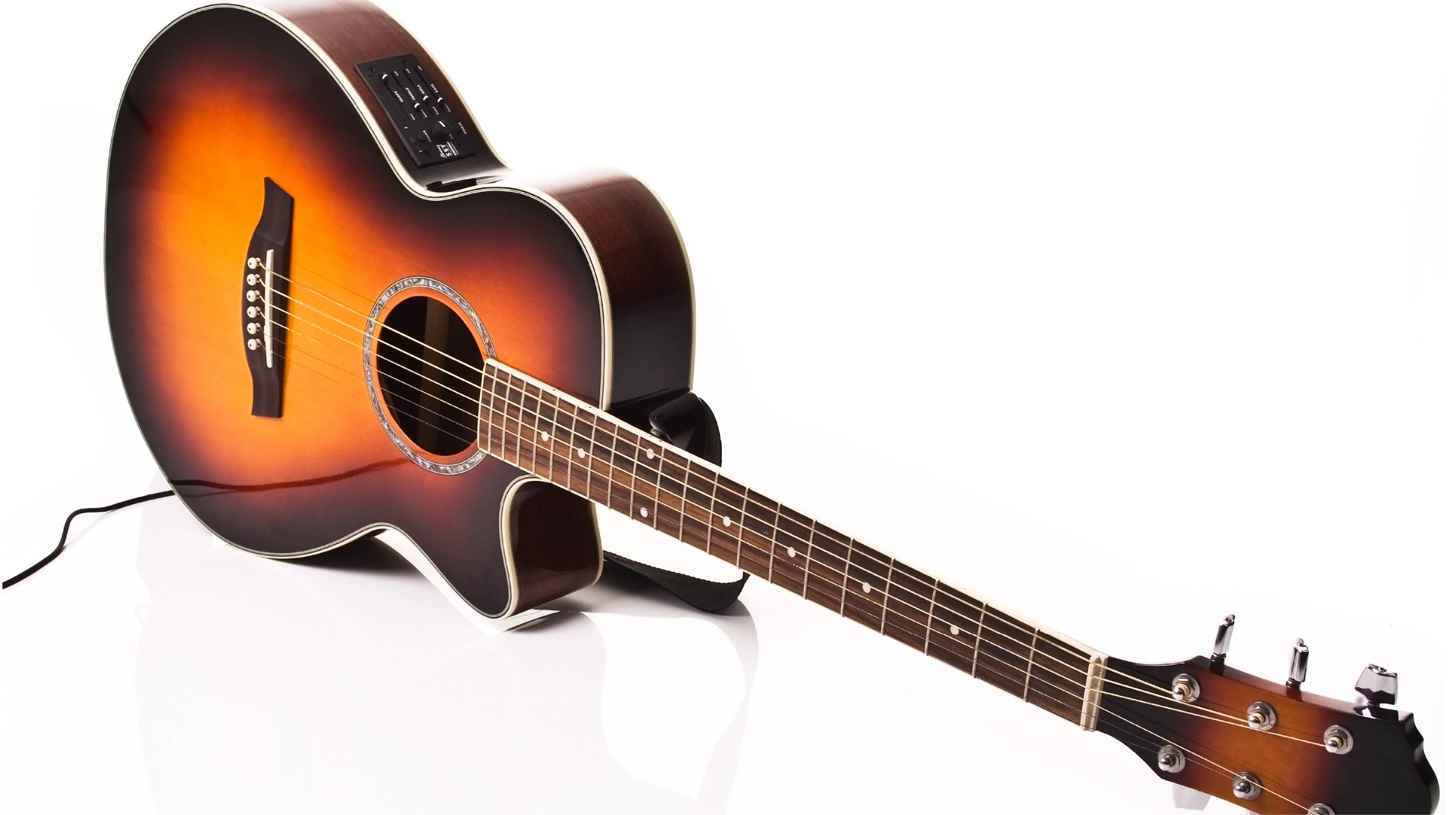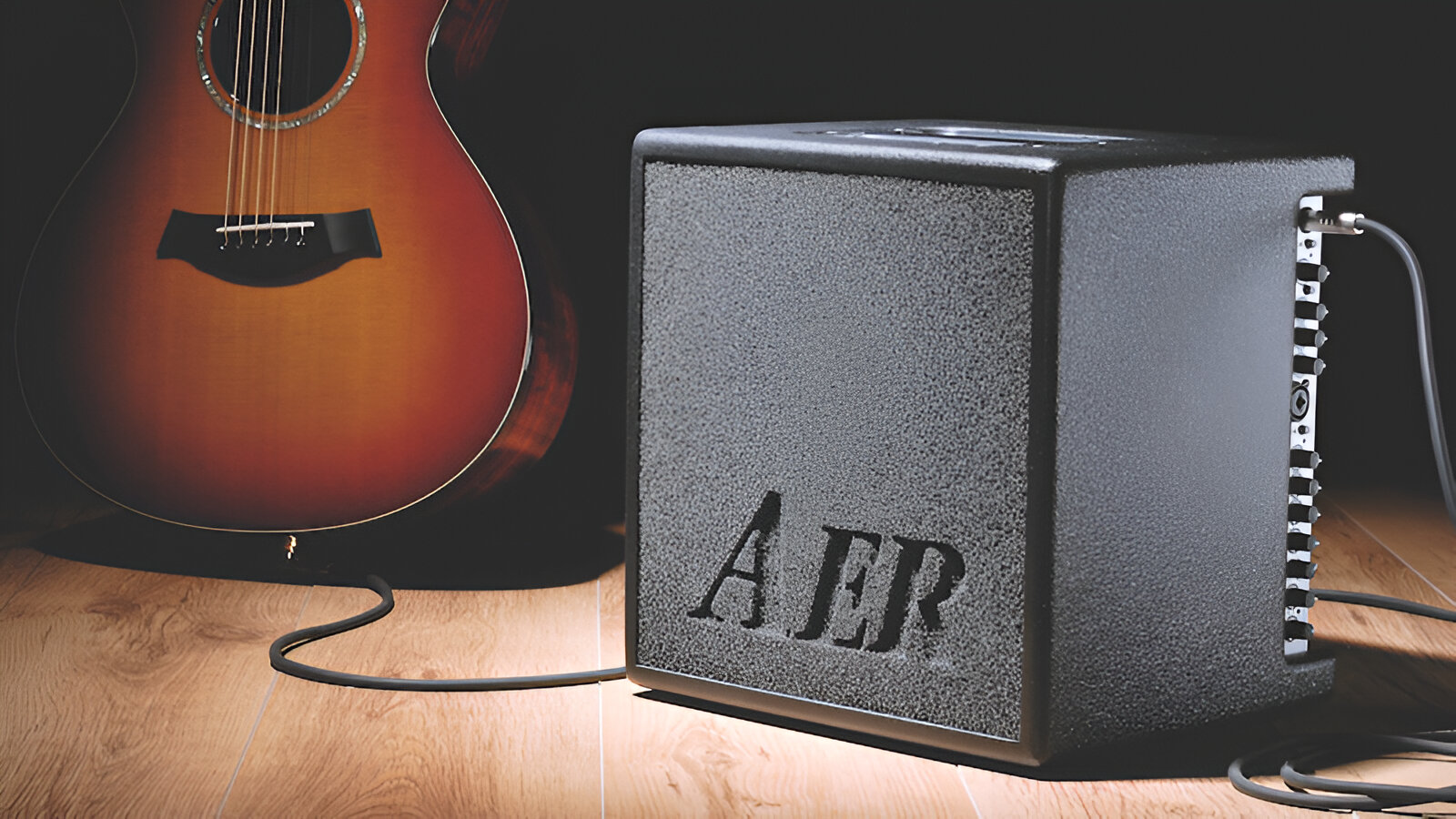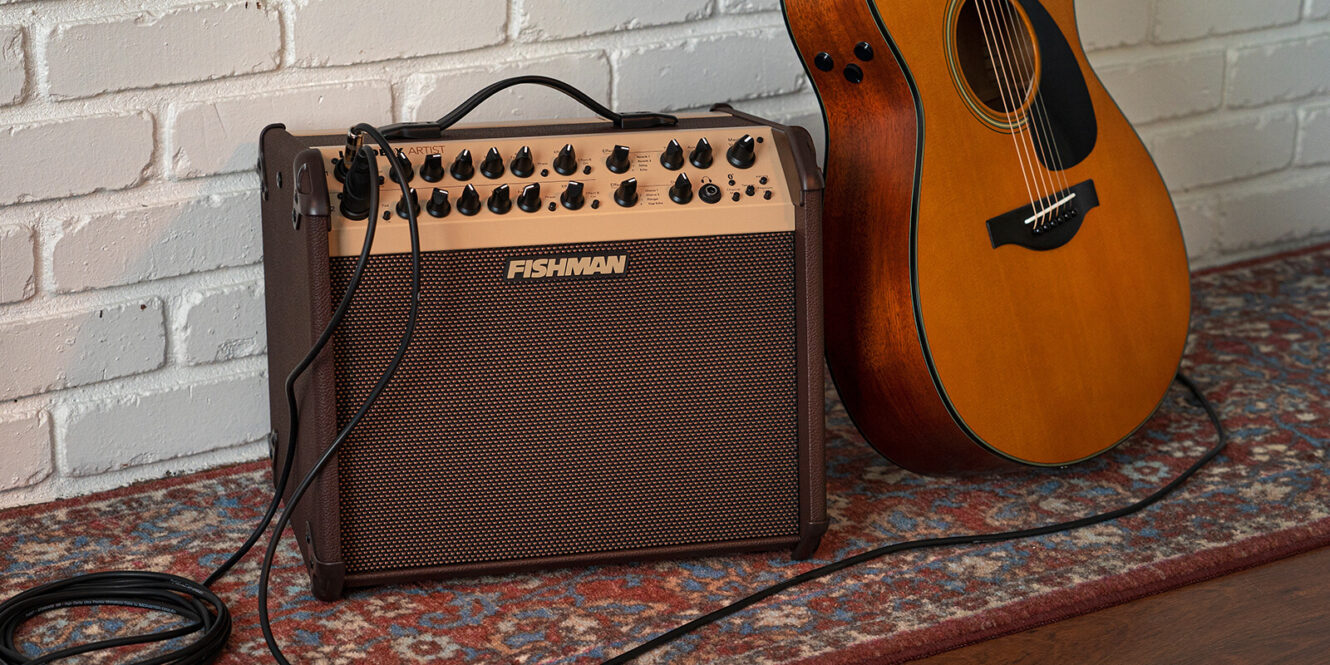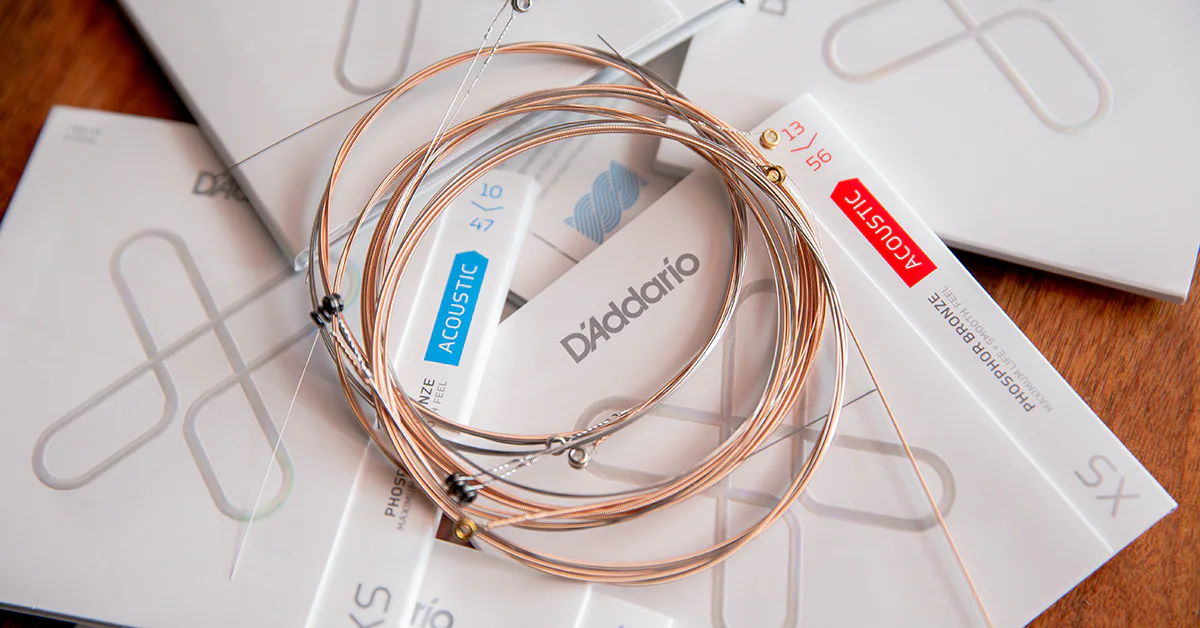Introduction
Introduction
So, you have an acoustic guitar but wish it had that signature electric sound. The good news is that you can achieve that electrifying sound without having to purchase a new guitar. By adding a pickup and employing a few techniques, you can transform your acoustic guitar into an electric-like instrument. This guide will walk you through the process of making your acoustic guitar sound electric, from choosing the right pickup to adjusting your playing style.
Whether you're a seasoned guitarist or just starting out, this transformation opens up a whole new world of sonic possibilities. You'll be able to explore a wide range of sounds, from clean and crisp tones to gritty and distorted riffs. With the right approach, you can harness the versatility of both acoustic and electric guitar sounds in a single instrument.
The journey to electrifying your acoustic guitar may seem daunting at first, but with the right guidance and a bit of experimentation, you'll be well on your way to achieving the sound you desire. Let's dive into the process of making your acoustic guitar sound electric, and unleash the full potential of your instrument.
Choosing the Right Pickup
When it comes to making your acoustic guitar sound electric, selecting the right pickup is crucial. There are various types of pickups available, each with its own sonic characteristics. The two primary categories are soundhole pickups and under-saddle pickups.
Soundhole pickups are a popular choice for acoustic guitars due to their ease of installation and versatility. They are placed in the soundhole of the guitar and capture the vibrations of the strings, translating them into electrical signals. Soundhole pickups are known for producing a warm and natural tone, making them suitable for a wide range of musical styles.
On the other hand, under-saddle pickups are mounted beneath the guitar’s saddle and offer a more direct capture of the string vibrations. They tend to deliver a clearer and brighter sound compared to soundhole pickups, making them ideal for genres that require a more articulate and defined tone.
Another consideration when choosing a pickup is whether to opt for a single-coil or a humbucker pickup. Single-coil pickups are known for their bright and clear sound, while humbuckers are favored for their thicker and more powerful tone. Understanding the tonal characteristics of each pickup type will help you determine which one best aligns with the sound you want to achieve.
Furthermore, it’s essential to consider whether you want an active or passive pickup. Active pickups require a power source, usually a 9-volt battery, and offer a higher output signal with minimal interference. Passive pickups, on the other hand, do not require an external power source and are known for their dynamic response and organic sound.
Ultimately, the right pickup for your acoustic guitar will depend on your musical preferences and playing style. By carefully evaluating the tonal qualities and features of different pickups, you can make an informed decision that complements your sonic vision.
Installing a Pickup
Once you’ve selected the appropriate pickup for your acoustic guitar, the next step is to install it properly. While this task may seem daunting, especially for those with limited experience in guitar maintenance, with the right approach, it can be a rewarding and achievable endeavor.
Before beginning the installation process, it’s crucial to gather the necessary tools and equipment. You’ll typically need a set of screwdrivers, wire cutters, soldering iron, and solder. Additionally, having a clear understanding of your guitar’s internal structure and components will facilitate a smoother installation process.
The installation process varies depending on the type of pickup chosen. For soundhole pickups, the installation typically involves securing the pickup in the soundhole and connecting its output jack to the guitar’s endpin jack. Under-saddle pickups, on the other hand, require precise positioning beneath the saddle and connection to the guitar’s preamp or output jack.
It’s essential to follow the manufacturer’s instructions provided with the pickup to ensure a proper installation. Pay close attention to the wiring diagrams and placement guidelines to avoid any potential issues. If you’re uncertain about any aspect of the installation, seeking guidance from a professional guitar technician can provide valuable assistance.
When installing a pickup, it’s important to handle the delicate components with care and precision. Ensuring that the connections are secure and the wiring is neatly organized will contribute to the pickup’s optimal performance and longevity. Taking the time to double-check each step of the installation process can prevent future complications and ensure that your acoustic guitar’s electric transformation is seamless.
Upon completing the installation, it’s advisable to test the pickup and make any necessary adjustments to achieve the desired sound. This may involve fine-tuning the pickup’s positioning or making minor alterations to the wiring. By carefully assessing the pickup’s performance and making refinements as needed, you can maximize its potential and fully experience the electrifying transformation of your acoustic guitar.
Using Effects Pedals
Once you’ve installed a pickup on your acoustic guitar, the next step in achieving an electric-like sound involves incorporating effects pedals into your setup. Effects pedals offer a myriad of sonic possibilities, allowing you to shape and enhance your guitar’s tone in creative ways. Whether you’re aiming for lush reverbs, soaring delays, or gritty distortions, effects pedals can elevate your acoustic-electric sound to new heights.
One of the most versatile and commonly used effects pedals is the preamp pedal. This pedal serves as the core of your electric-acoustic setup, providing essential tone shaping and signal boosting capabilities. By connecting your pickup-equipped acoustic guitar to a preamp pedal, you can sculpt your tone, adjust EQ settings, and attain a more defined and responsive sound.
Reverb and delay pedals are indispensable for adding spatial depth and dimension to your acoustic-electric sound. These pedals create ambient textures and atmospheric echoes, enriching your guitar’s sonic character and imbuing it with a captivating sense of space. Whether you prefer subtle, ethereal reverbs or expansive, cascading delays, these effects pedals can infuse your acoustic guitar with a mesmerizing and evocative quality.
For those seeking to explore more expressive and dynamic tonal possibilities, modulation pedals such as chorus, phaser, and tremolo can impart a captivating movement and color to your guitar sound. These pedals introduce captivating swirls, pulsating waves, and rhythmic fluctuations, allowing you to craft intricate and engaging sonic landscapes with your acoustic-electric setup.
Furthermore, overdrive and distortion pedals can introduce a new dimension of grit and intensity to your acoustic guitar sound, enabling you to unleash searing leads and aggressive riffing. By judiciously applying these effects, you can infuse your playing with raw energy and create a powerful sonic impact that transcends the traditional acoustic realm.
As you integrate effects pedals into your acoustic-electric setup, it’s essential to experiment with different combinations and settings to discover the sonic textures that resonate with your musical vision. By embracing the creative potential of effects pedals, you can unlock a vast spectrum of tones and textures, transforming your acoustic guitar into a versatile and expressive instrument that defies conventional boundaries.
Adjusting Your Playing Style
Transitioning from playing an acoustic guitar to emulating an electric guitar sound involves adapting your playing style to harness the full potential of your instrument’s newfound sonic capabilities. While the acoustic guitar and electric guitar share fundamental similarities, there are nuances in playing technique and approach that can significantly influence the overall sound and feel of the instrument.
One key aspect to consider when adjusting your playing style is the application of dynamics and articulation. Electric guitar playing often involves a greater emphasis on controlled dynamics, utilizing techniques such as palm muting, string bending, and vibrato to shape the character of individual notes and phrases. By incorporating these techniques into your playing, you can imbue your acoustic-electric sound with a heightened sense of expressiveness and nuance.
Exploring the use of guitar effects and amplification opens up new avenues for sonic experimentation. As you adapt your playing style, consider how effects pedals and amplification can interact with your playing dynamics. Experimenting with varying levels of pick attack, sustain, and note articulation can yield intriguing results when combined with effects, allowing you to sculpt your sound in real-time and create captivating tonal textures.
Furthermore, adjusting your playing style involves exploring the sonic possibilities offered by the pickup-equipped acoustic guitar. By experimenting with different pickup settings and positions, you can uncover a diverse range of tonal nuances and timbral variations. Whether you’re seeking a bright and cutting lead tone or a warm and resonant rhythm sound, the pickup’s sensitivity to your playing dynamics can be harnessed to achieve a rich and dynamic sonic palette.
Adapting your playing style to accommodate the characteristics of an electric-like sound also involves delving into the realm of lead guitar techniques. While acoustic guitar playing often emphasizes fingerstyle and chordal accompaniment, incorporating lead guitar techniques such as hammer-ons, pull-offs, and slides can inject a newfound sense of agility and expression into your playing. These techniques can add a distinctive edge to your acoustic-electric sound, enabling you to weave intricate melodic lines and embellishments with finesse.
Ultimately, adjusting your playing style to evoke an electric guitar sound on your acoustic instrument is a journey of exploration and discovery. By embracing the nuances of electric guitar playing and integrating them into your acoustic repertoire, you can unlock a wealth of sonic potential and redefine the sonic identity of your instrument.
Conclusion
Transforming an acoustic guitar to produce an electric-like sound opens up a realm of sonic versatility and creative exploration. By carefully selecting the right pickup, installing it with precision, incorporating effects pedals, and adapting your playing style, you can breathe new life into your acoustic instrument and unlock a myriad of expressive possibilities.
Choosing the appropriate pickup is a critical first step in the transformation process, as it shapes the fundamental tonal characteristics of your guitar. Whether opting for a soundhole or under-saddle pickup, understanding the sonic nuances of each type enables you to make an informed decision that aligns with your musical vision.
Installing the chosen pickup with care and attention to detail ensures that it functions optimally and integrates seamlessly with your acoustic guitar. Following the manufacturer’s instructions and seeking professional guidance when needed can streamline the installation process and set the stage for a rewarding sonic transformation.
Integrating effects pedals into your acoustic-electric setup amplifies the sonic palette at your disposal, allowing you to sculpt and enhance your guitar’s sound with a diverse array of textures and atmospheres. From ambient reverbs to searing distortions, effects pedals empower you to craft a sonic identity that transcends traditional acoustic boundaries.
Adapting your playing style to embrace the nuances of electric guitar techniques and dynamics further enriches the sonic landscape of your acoustic instrument. By exploring new approaches to articulation, dynamics, and tonal manipulation, you can infuse your playing with a newfound sense of expressiveness and versatility.
In essence, the journey of making an acoustic guitar sound electric is a testament to the boundless potential of musical creativity. It is a process that invites exploration, experimentation, and the continual pursuit of sonic innovation. By embarking on this transformative path, you not only expand the sonic horizons of your instrument but also embark on a deeply enriching and rewarding musical journey.







